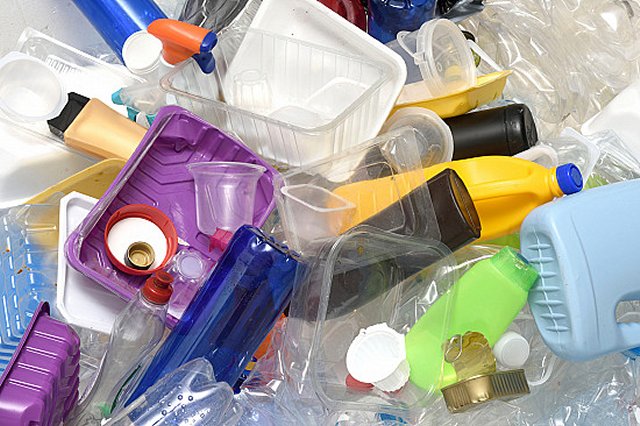Today, when convenience often trumps caution, the pervasive use of plastic in food, drink, and medical delivery systems poses a significant yet unrecognized threat to human health. Plastic, especially in packaging and transportation, can leach microscopic particles known as phthalates into consumables and the human body. While often unintentional in their introduction, these chemicals can have profound implications for our well-being.
The Pervasiveness of Phthalates
Phthalates are a group of chemicals used to make plastics more flexible and harder to break. They are found in various products, from food and drink containers to medical devices such as transfusion bags and feeding tubes. Even high-end food packaging and baby bottles are not exempt from this issue.
When plastic comes into contact with food, drink, or medical products, phthalates can leach into these substances. The process is often exacerbated by heat or prolonged contact, making everyday actions such as microwaving food in plastic containers or storing water in plastic bottles particularly concerning.
Health Implications
The ingestion of phthalates has been linked to a variety of health issues. These chemicals can act as endocrine disruptors, interfering with the body’s hormonal systems. This disruption can lead to reproductive issues, developmental problems in children, and an increased risk of chronic diseases such as diabetes and obesity. Moreover, studies have suggested a potential link between phthalate exposure and certain cancers.
Alternatives to Plastic
To mitigate the risks associated with plastic use, safer alternatives for food, drink, and medical delivery systems must be considered. Stainless steel and glass are two of the most effective materials. They do not leach harmful chemicals, even when exposed to high temperatures or acidic content.
Stainless Steel: Durable and non-reactive, stainless steel is an excellent choice for water bottles, food containers, and cooking utensils. Its resilience to corrosion and high temperatures makes it suitable for various applications.
Glass: Glass is another inert material that does not interact with its contents. It is ideal for storage containers, baby bottles, and even medical vials. Despite its fragility, advancements in tempered glass technology have made it a more viable option.
Detoxifying the Body
For those concerned about a lifetime of phthalate exposure, certain steps can be taken to reduce the body’s toxic load:
Hydration: Drinking plenty of water helps the kidneys and liver filter out toxins. To avoid additional phthalate exposure, opt for distilled water stored in glass or stainless steel containers.
Diet: A diet rich in antioxidants, such as fruits, vegetables, and whole grains, supports the body’s natural detoxification processes. Foods high in fiber can also help eliminate toxins through the digestive system.
Exercise: Regular physical activity promotes sweating, which can help excrete toxins through the skin.
Saunas: Infrared saunas can enhance sweating and may help reduce levels of certain toxins in the body.
Supplements: Certain supplements, such as activated charcoal, chlorella, and milk thistle, are known for their detoxifying properties.
Taking Action
Reducing phthalate exposure requires both individual and collective efforts. On a personal level, opting for stainless steel or glass containers and avoiding plastic whenever possible can significantly reduce exposure. Additionally, advocating for stricter regulations on plastic use and supporting companies that prioritize safe materials can drive broader change.
While plastic has become an integral part of modern life, its convenience comes with hidden dangers. By understanding the risks associated with phthalate exposure and embracing safer alternatives, we can protect our health and foster a cleaner, safer environment for future generations.
